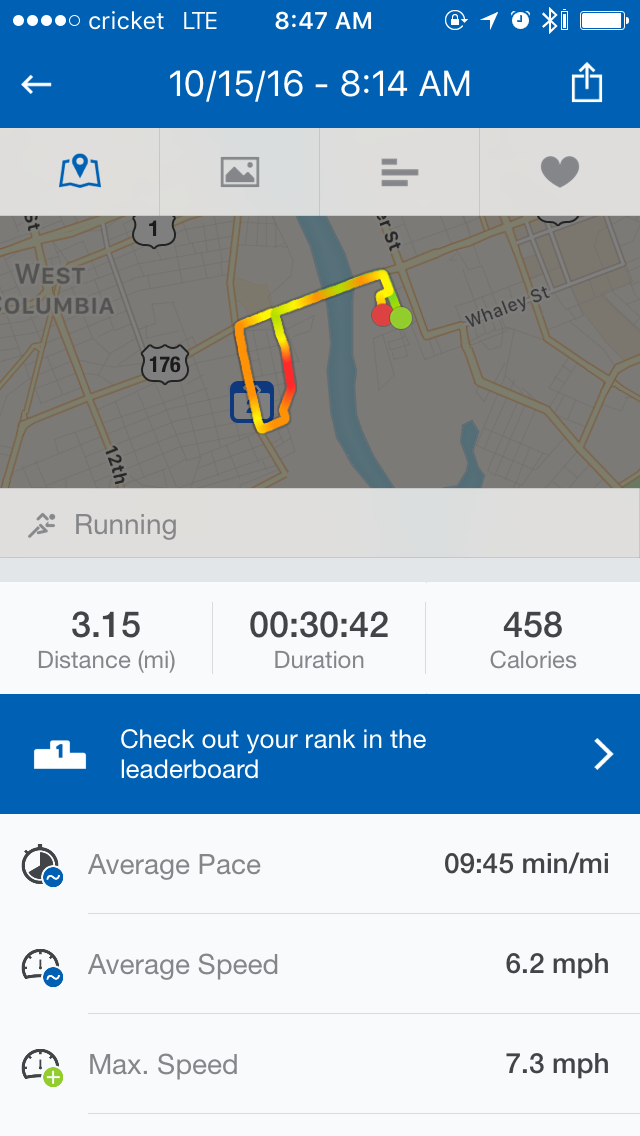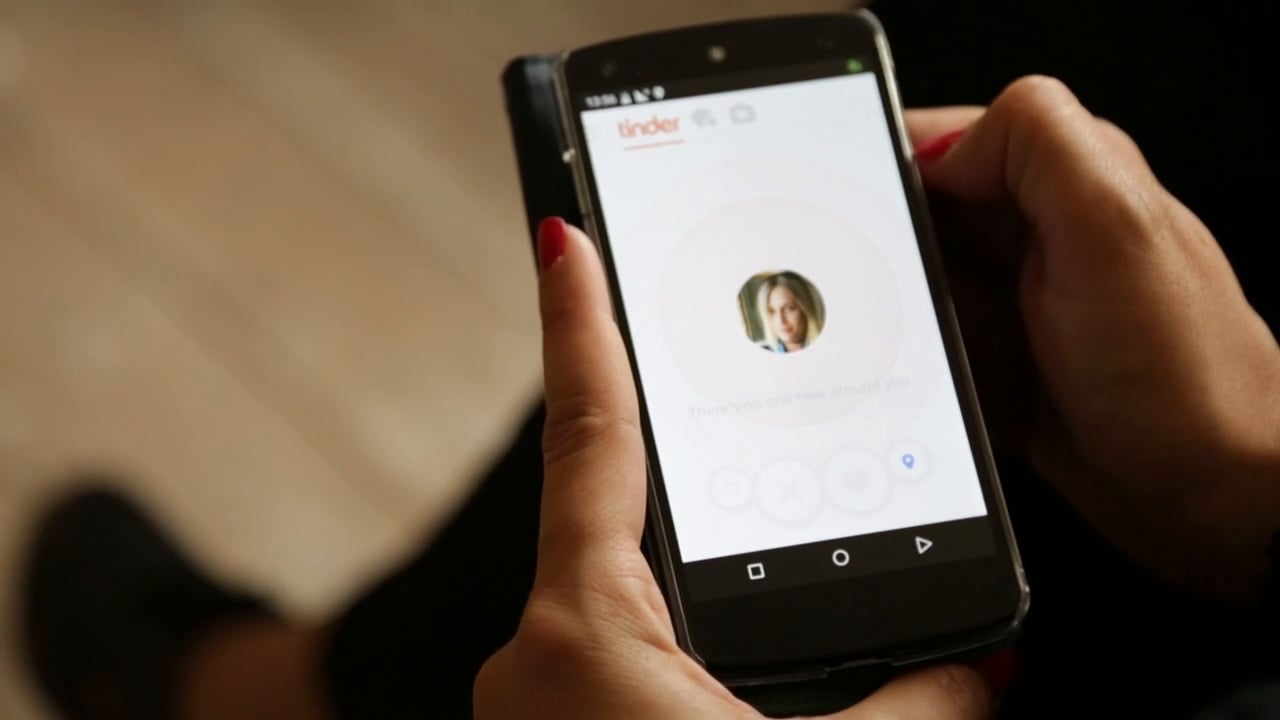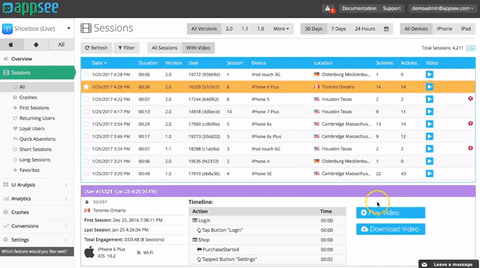A few months ago, Barcelona played Paris Saint-Germain in another Champions League classic, and got its head smashed in with a 4-0 defeat. Everyone stood in shock. Barcelona, who regularly humiliates opponents with scores like this one, got hammered – on Valentine’s day, of all days – and people couldn’t handle it. Sports fanatics out there who want to bet on their teams, they can do so quickly thanks to sites such as slot.
This is soccer at its highest level, where every team is equally dangerous. So why was everyone in awe at Barca getting a taste of their own medicine? Because we’re used to seeing Messi and Neymar end people’s careers with skill and precision, so we set the standards, and our expectations for the team extremely high.
The same is true for mobile apps (yes really). The better they perform, the higher we’ll set our bars. As Jared Spool discusses in his article Understanding the Kano Model – A Tool for Sophisticated Designers, while users are initially delighted by a new feature, as they become accustomed to it, the feature becomes less remarkable. Luckily for us, apps have been constantly improving year after year, pushing mobile app makers’ limits day in, day out. But it’s much easier with soccer to determine what it means to be better in 2017, and what coaches, fans and players themselves expect from a pro player – being faster, stronger, more skilled, and more intelligent than the opponent.
So how does one determine what mobile users expect from apps this year? First, take a look at what successful apps did in the past, and how new technology (the one that is getting all the funding and the buzz) allows them to further build on that success. Mobile users expect apps to be fast and secure with location-based, real-time information and paired with a healthy dose of personalization, like Airbnb’s personalized matching system. They expect an updated user interface with chatbots, and artificial intelligence, wherever possible, which is why apps like Penny, the personal financial coach are successful. Also, they expect the app to evolve, with regular updates and patches which improve the overall user experience.
We’ll dig deeper into these trends and expectations, uncovering how they came about and discovering how app pros everywhere can tackle and successfully implement them.
Users expect a superbly personalized experience
It is crucial to build apps that are capable of adapting themselves (namely – the content and features they provide) to match whatever interests, needs, or habits their respective users have. That could be anything from personalization in UI (font size or display brightness, depending on the users’ eyesight or light sensitivity), to personalization in content (if a hunting enthusiast isn’t interested in knowing about speed skating, don’t provide that content).
Runtastic is a fantastic example. After transforming its fitness app to offer a more personalized experience, it witnessed such a dramatic increase in usage that it made headlines. With a 300 percent increase in campaign creation efficiency and more than eight million app opens, the effects of their personalization strategy are clearly visible.

Image Source: Flickr / TommyHerschede
How did Runtastic accomplish this? It offered its users a simple fitness entry test. The information gathered during that test was used to tailor a unique training program for each person, which included more than 100 instructional videos, weekly health tips, and nutrition tips, information about fat burner pills and suggestions.
Users want location-based real-time information… now
In a recent interview, MOBI president Mitch Black focused the limelight on location-based services.
Add location awareness to a consumer app and you get something completely different. There is a world of difference between match.com and Tinder. Both apps involve meeting someone new, but Tinder’s focus on proximity makes the purpose of meeting altogether different. Location-based mobile apps used by consumers are less common with B2B apps.
Look for business apps that serve the mobile worker to be enhanced with location awareness. Concur’s Tripit, for example, could add location awareness and alert the user when it is time to depart for a flight.
Along the same lines, Allied Market Research recently published a report on the growth of location-based services market, and it shows great promise: “The global location-based services market is expected to reach $61,897 million by 2022, from $11,994 million in 2015, growing at a CAGR of 26.6% from 2016 to 2022.”

Image source: Vimeo
Macy’s, for example, expanded its app to offer in-store functionality. Since late last year, app users visiting a Macy’s store have their app automatically updated with store inventory, product reviews, and a price comparison calculator as soon as they walk in.
Starbucks is another valid example. The app ‘notices’ when the user enters a store, bringing up loyalty cards, applying discounts, and even allowing visitors to pay through the app.
As a matter of fact, it’s hard to spot an app from any of the ‘big players’ in most industries that hasn’t implemented location-based technology. The abovementioned Tinder. Yelp. McDonalds. You name it. That’s because this technology allows app pros to deliver personalized, relevant content, which is something users crave.
Users want to chat
If we are to ‘follow the money’, one of the biggest and busiest area would be AI and Chatbots: many of the world’s biggest tech companies, including Google, Facebook, Apple, and Microsoft, are shoving huge amounts of money into AI and Chatbot R&D. Millennials don’t talk on phones as much as their predecessors, and as mobile users spend more and more time texting and emailing, their expectations regarding how to leverage their phone’s capabilities will change.
It makes sense. With chatbots, users are getting a revamped user interface that works faster and allows something that wasn’t possible before – interacting with an app through natural language. For them, using an app becomes similar to chatting with a friend, and once that is possible – they’ll expect it.
Take for example, CNN’s Chatbot on Facebook’s Messenger. Mobile users wanting to know the latest on, say, the Dakota Pipeline issue, just need to ask the bot, instead of opening the site and browsing, or using the search engine. Chatbots tick almost every box for mobile users’ expectations for this year: it makes apps faster, intuitive, and utterly personalized.

Image Source: CNN
Early reports from first forays into the Chatbot plane are promising. The technology has repeatedly been dubbed the app killers. Even though we’d consider this an exaggerated and unfeasible claim, we can agree that Chatbots and AI will reshape the way mobile users will interact with their favorite apps – for the better.
How do we do it? Harness analytics
As I said in the introduction, the apps of today and tomorrow are all about user experience. In 2017, mobile users expect the act of using the app itself to be intuitive and seamless – or simply put, logical. In years past that was easier said than done, as it was quite challenging to know what the majority of mobile users deemed ‘logical’ without proper analytics tools. Nowadays, there are qualitative analytics platforms, like the one I work for, Appsee, that allow app developers to understand the ‘whys’ behind mobile users’ in-app behavior.
Tools like touch heatmaps and user session recordings allow app developers to get a sense of the experience mobile users are having with their apps. Touch heatmaps, for example, are tools that allow app professionals to track user interaction with the user interface, like swiping, scrolling, tapping or double tapping. It then aggregates that data and shows it visually, as a heatmap, allowing app pros to spot which areas are getting more attention than the others.
This allows app pros to see if some gestures are unresponsive, meaning that the user assumed that a certain gesture should/can be performed in the particular part of a screen, yet the app does not respond to that input.
User recordings allow app pros to see everything users are doing within an app, by showing video recordings of real mobile user sessions. Every gesture and crash is recorded and presented through an integrated SDK. With this type of qualitative analytics, app pros can see exactly how mobile users experience apps, which is a great way to hunt for problems and hiccups in the user experience.

Example of user recordings tool courtesy of Appsee.
Next steps
For Barcelona, it’s going to be an uphill battle from here. They’ll try to achieve what no team has achieved since the creation of the Champions League – overturn a 4 – 0 deficit. They have 11 problems in their way – 11 very tough players, and a crowd of millions to please. For app professionals, the future will be quite similar. They have a few tough challenges to crack ahead, and a crowd of millions to please.
The first step, in this case, would be a step back – to take a look at the bigger picture and see where their apps stand in terms of personalization, interface, and new technologies. This can be achieved by employing qualitative analytics. After identifying and eliminating the biggest pain points, it would be wise to then tighten up on security and privacy, before proceeding with implementing new technologies and interfaces. Consequently, the user experience will significantly improve.
Mobile apps have not yet reached ‘Barcelona status’, but are slowly and surely getting there. Things that were considered advanced and innovative are now taken for granted, with users demanding more every year. It’s not going to be easy being Barcelona in the mobile app world. Then again, it’s not easy being Barcelona, either.